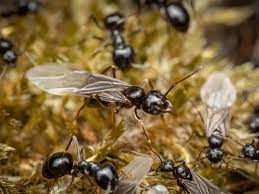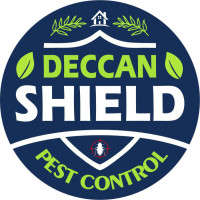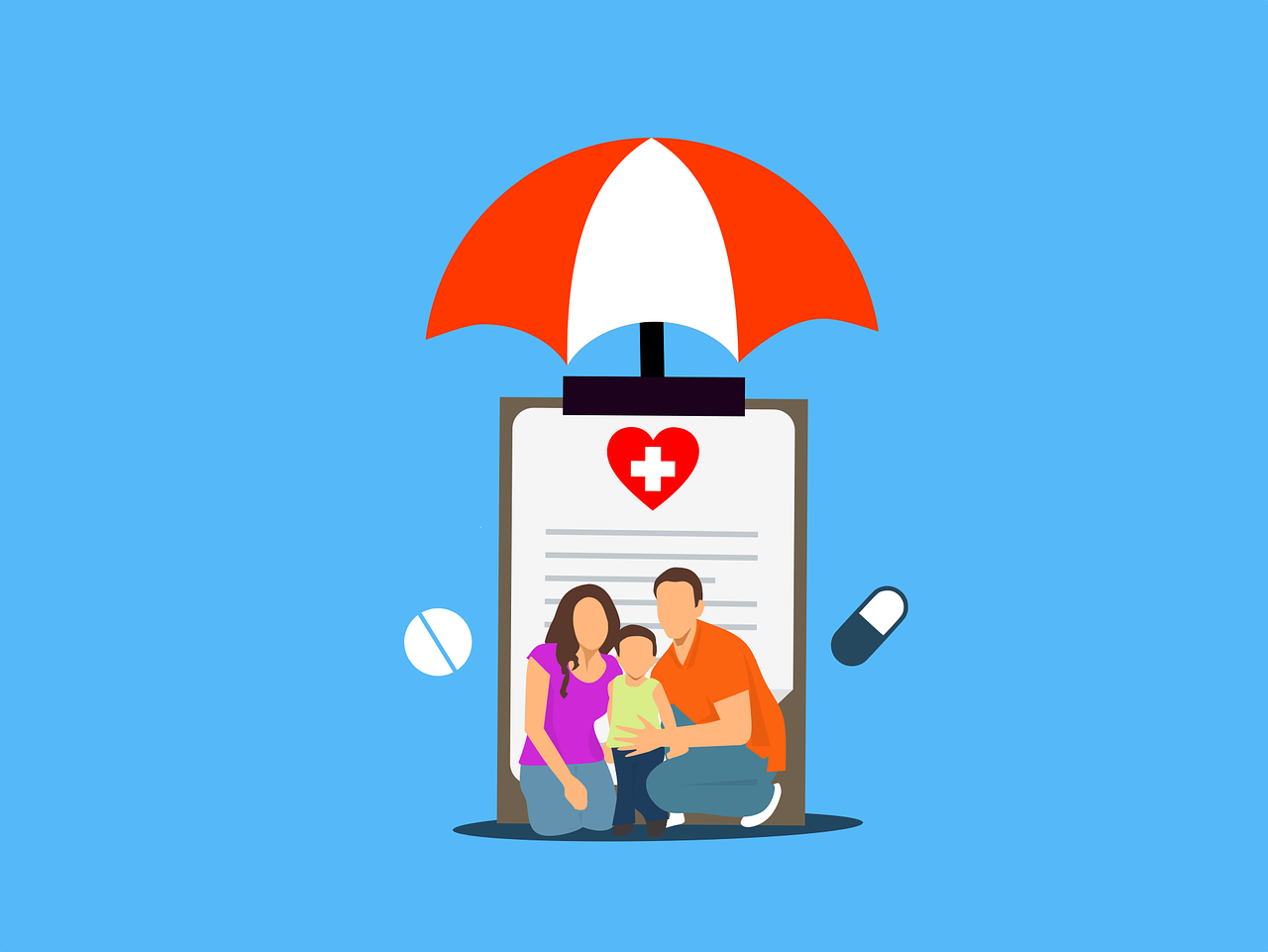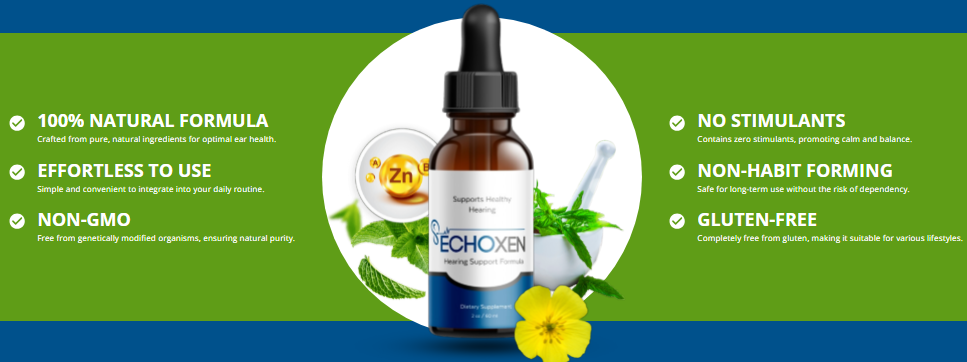Can Ants and Flies Spread Harmful Diseases to Humans?

Strong 8k brings an ultra-HD IPTV experience to your living room and your pocket.
When we think of household pests, ants and flies are often seen as minor nuisances rather than serious threats. Their presence in the kitchen, near food, or even in the garden may seem harmless at first glance. However, the truth is that ants and flies can act as vectors for harmful pathogens and contribute to the spread of diseases in human populations.
In this blog post, we’ll explore how these seemingly insignificant pests can pose serious health risks, what kinds of diseases they can carry, and what steps you can take to protect yourself and your family.
1. Introduction to Disease Transmission by Insects
Insects play diverse roles in ecosystems, but many can also be disease vectors. While mosquitoes and ticks get a lot of attention for their role in transmitting viruses and parasites, ants and flies are also part of this group — though often overlooked. Their ability to contaminate food, utensils, and surfaces makes them particularly dangerous in homes, hospitals, and food establishments.
2. Can Ants Spread Diseases?
Types of Ants Commonly Found Indoors
Several types of ants are regularly found inside homes and buildings. Some of the most common species include:
• Pharaoh ants
• Sugar ants
• Carpenter ants
• Argentine ants
Each of these species has different behaviors, but they all share one thing: the ability to infiltrate human spaces in search of food and water.
How Ants Pick Up and Transfer Pathogens
Ants are scavengers and often crawl through decaying matter, garbage, drains, and even fecal matter before arriving in kitchens and pantries. As they travel, they pick up bacteria and other microorganisms on their legs and bodies. These pathogens are then deposited onto food preparation surfaces, utensils, or directly onto food items.
Because ants often form trails, a single infected ant can lead an entire colony to the same contaminated food source, dramatically increasing the risk of spreading disease.
Documented Diseases Linked to Ants
While ants are not considered as prolific disease transmitters as flies or mosquitoes, they are still responsible for spreading:
• Salmonella: Some ant species have been shown to carry this bacterium, which can cause severe gastrointestinal illness in humans.
• Clostridium: Found in soil and feces, this bacterium can cause botulism and other infections.
• Staphylococcus and Streptococcus: These bacteria can cause skin infections, pneumonia, and even sepsis.
A 2005 study found that pharaoh ants in hospital settings were carrying bacteria such as Escherichia coli and Pseudomonas aeruginosa, both of which are dangerous, particularly to immunocompromised patients.
3. Can Flies Spread Diseases?
The Biology of a Fly: A Perfect Carrier
Flies are perhaps the most notorious carriers of disease among household pests. Their biology makes them ideal vectors:
• Sticky footpads: Flies can walk on walls and ceilings, leaving traces of whatever they've stepped in.
• Frequent contact with decaying material: Flies often feed on feces, garbage, and decomposing carcasses.
• Regurgitation and defecation habits: Flies regurgitate digestive fluids and defecate frequently — often on surfaces they land on.
This combination of behaviors turns them into mobile contamination units.
Common Fly Species and Their Risks
The most common species of flies encountered by humans include:
• House flies (Musca domestica)
• Blowflies
• Fruit flies
• Drain flies
Each of these can be a source of contamination, but house flies and blowflies are the most dangerous due to their close contact with decomposing organic material.
Known Diseases Transmitted by Flies
The World Health Organization (WHO) has noted that flies are capable of transmitting over 65 different diseases, including:
• Cholera
• Typhoid fever
• Dysentery
• Tuberculosis
• Salmonellosis
• Parasitic worms
Flies are not just surface contaminants; they can carry eggs of parasitic organisms such as roundworms and tapeworms, which may infect humans through contaminated food or water.
4. Indirect Health Risks of Ants and Flies
Apart from directly spreading harmful bacteria and viruses, ants and flies can contribute to:
• Allergic reactions: Inhaling particles or secretions from flies or ant infestations can cause respiratory symptoms in sensitive individuals.
• Food poisoning outbreaks: Particularly in restaurants or canteens, a single fly can cause widespread illness if it contaminates a shared food item.
• Worsened hygiene conditions: The presence of these pests often indicates poor sanitation or structural vulnerabilities in the home.
5. Environments at Higher Risk
Certain environments are more susceptible to ant and fly infestations:
• Hospitals and clinics: These settings are especially vulnerable, and pests here can spread infections quickly.
• Restaurants and food processing plants: Improper waste management and food storage attract pests.
• Homes with poor ventilation or moisture issues: Areas like bathrooms, kitchens, and basements are hot spots.
• Rural and agricultural areas: These often have higher fly populations due to livestock and open waste.
In all these places, pest control becomes not just a matter of comfort but one of public health.
6. Signs of Infestation
Recognizing early signs of infestation helps in preventing disease spread:
• Ants: Trails along walls, windows, or near food; small dirt piles near walls (especially for carpenter ants).
• Flies: Buzzing sounds, larvae (maggots) near trash, an increased number of flies around drains or windows.
If these signs are ignored, infestations can grow quickly and lead to higher risk of contamination.
7. Prevention and Control Strategies
A proactive approach is key to keeping ants and flies away from your living or working space.
For Ants:
• Seal entry points around doors, windows, and foundations.
• Clean food spills immediately, especially sugary items.
• Use natural deterrents like vinegar or cinnamon at entry points.
For Flies:
• Install window screens and keep doors closed.
• Dispose of garbage regularly and use sealed bins.
• Keep drains clean and dry to avoid fly breeding.
Both pests are attracted to warmth, moisture, and food, so maintaining a clean and dry environment is essential.
8. Importance of Cleanliness and Food Storage
Most insect infestations stem from access to food and water. Here are a few hygiene practices that drastically reduce the chances of disease transmission:
• Refrigerate perishable items promptly.
• Store dry foods in airtight containers.
• Clean kitchen counters and dining tables daily.
• Do not leave dirty dishes overnight in the sink.
Maintaining a routine cleaning schedule is one of the most effective ways to deter pests and reduce health risks.
9. Natural Remedies vs. Professional Pest Control
While natural methods such as essential oils (e.g., peppermint for ants, eucalyptus for flies), vinegar sprays, and diatomaceous earth can be effective for mild infestations, serious or persistent pest problems require professional intervention.
Pros of Natural Remedies:
• Eco-friendly
• Safe around pets and children
• Affordable
Cons:
• May not fully eliminate infestations
• Short-term effectiveness
• Labor-intensive
Professional Pest Control Benefits:
• Customized treatment plans
• Long-term protection
• Use of advanced, regulated insecticides
Choosing the right approach depends on the severity of the infestation and the environment (home, business, etc.).
10. Conclusion
Ants and flies are more than just annoying visitors. They are capable of spreading a range of harmful pathogens, many of which can lead to serious illnesses. Their presence should not be taken lightly, especially in homes with young children, elderly residents, or individuals with weakened immune systems.
Understanding the risks these pests pose — and taking proactive steps to prevent and control their presence — is essential to maintaining a safe, healthy living space. Cleanliness, food safety, and timely pest management are the cornerstones of a pest-free, disease-free home.
Whether you're facing a minor nuisance or a full-blown infestation, always remember: it’s not just about comfort — it’s about protecting your health.
Note: IndiBlogHub features both user-submitted and editorial content. We do not verify third-party contributions. Read our Disclaimer and Privacy Policyfor details.







